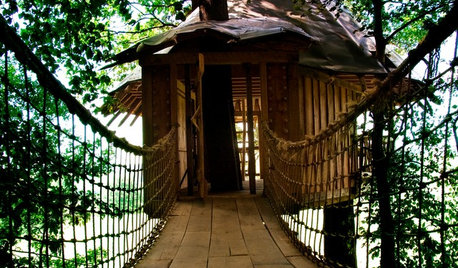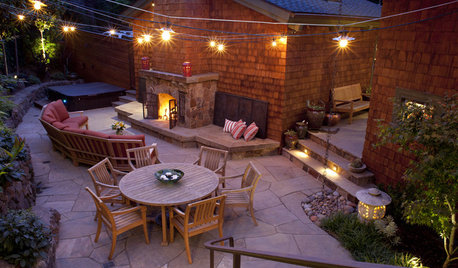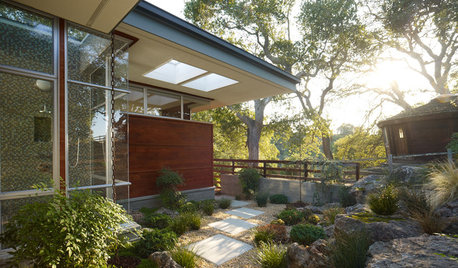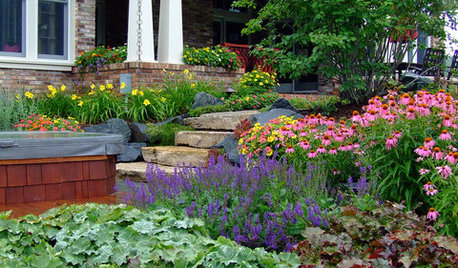it is ok to apply Round-up inside dripline of tree?m
teeka0801(7aNoVa)
15 years ago
Related Stories

10 Ways to Round Up Some Texas Style
Get a Lone Star State feel minus the clichés with cool art, hipster vinyl and pieces with history to balance the look
Full Story
OUTBUILDINGS12 Fun Backyard Forts Grown-Ups Can Love, Too
Kids might use them for secret meetings, but the word is out on these tree houses and playhouses that consider adult design tastes
Full Story
WINTER GARDENING6 Reasons I’m Not Looking Forward to Spring
Not kicking up your heels anticipating rushes of spring color and garden catalogs? You’re not alone
Full Story
GARDENING AND LANDSCAPINGCozy Outdoor Rooms Let You Snuggle Up to Fall
Drape a throw and let the firelight glow. These ideas for your outdoor room will make fast friends of you and autumn
Full Story
FALL GARDENING7 Reasons Not to Clean Up Your Fall Garden
Before you pluck and rake, consider wildlife, the health of your plants and your own right to relax
Full Story
LANDSCAPE DESIGNSoak It Up: How to Manage Stormwater in Your Landscape
Permeable paving, gravel beds and planted areas in your yard can absorb and cleanse stormwater runoff. Here's how it works
Full Story
EDIBLE GARDENSHow to Grow 10 Favorite Fruit Trees at Home
Plant a mini orchard in fall, winter or early spring to enjoy fresh-off-the-tree fruit the following year
Full Story
GARDENING GUIDESEssential Watering Tips for Your Edible Garden
To give your edible plants just what they need, check out these guidelines for how, when and how much to water
Full Story
HOLIDAYSShine Up Your Holidays With DIY Mercury Glass Globes
Get expensive-looking decorations for the cost of paint and glass, with blinged-out orbs you can make at home
Full Story
INSIDE HOUZZInside Houzz: New Data Offer Insights on Landscaping Trends
Homeowners are looking to manage water and add more enjoyment to their landscapes, according to a new Houzz survey
Full Story






vancleaveterry
Casia
Related Professionals
Cary Landscape Architects & Landscape Designers · Glen Ellyn Landscape Architects & Landscape Designers · Grand Haven Landscape Architects & Landscape Designers · Seabrook Landscape Architects & Landscape Designers · Peabody Landscape Contractors · Columbine Landscape Contractors · Las Vegas Landscape Contractors · North Chicago Landscape Contractors · Peachtree City Landscape Contractors · San Pedro Landscape Contractors · York Decks, Patios & Outdoor Enclosures · Alvin Decks, Patios & Outdoor Enclosures · Bainbridge Island Decks, Patios & Outdoor Enclosures · Los Alamitos Decks, Patios & Outdoor Enclosures · Monroe Decks, Patios & Outdoor EnclosuresBeeone
vancleaveterry
wisconsitom
gardener365
ken_adrian Adrian MI cold Z5
Embothrium